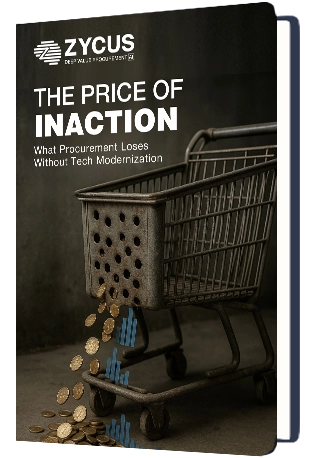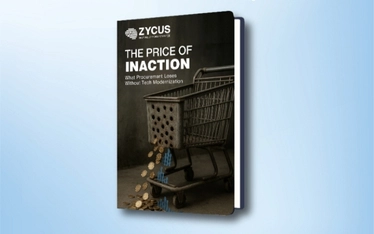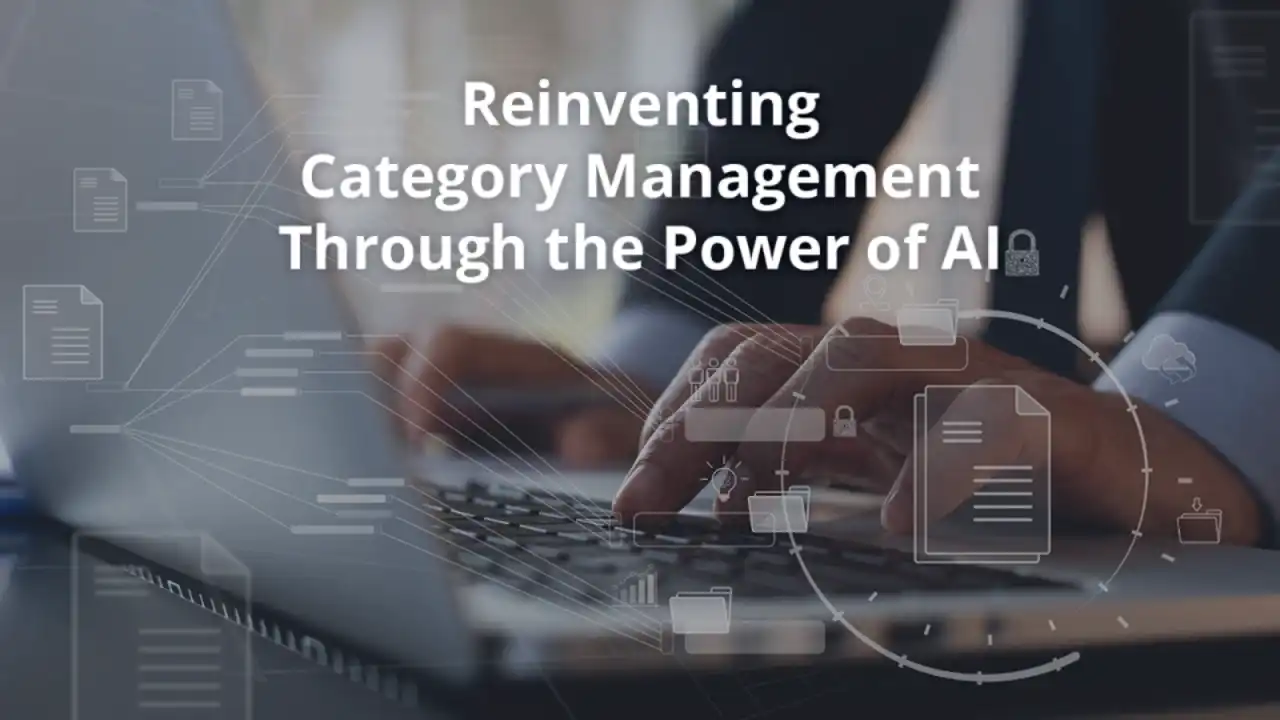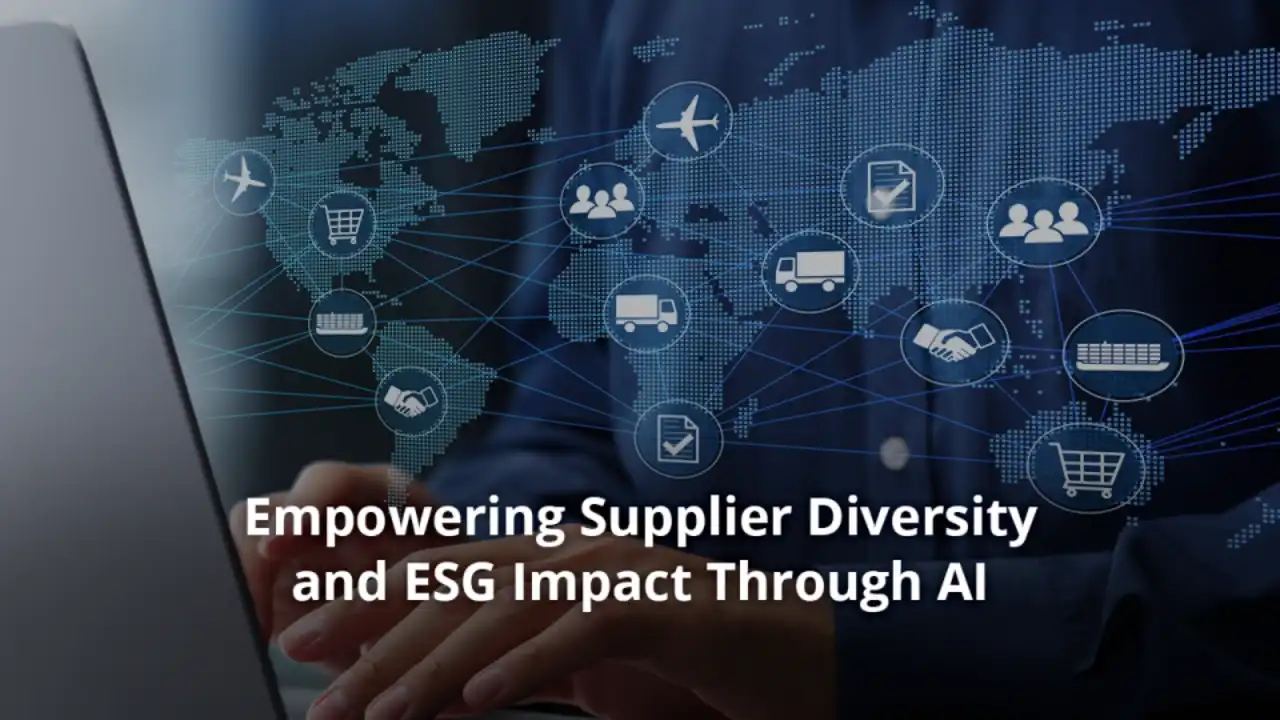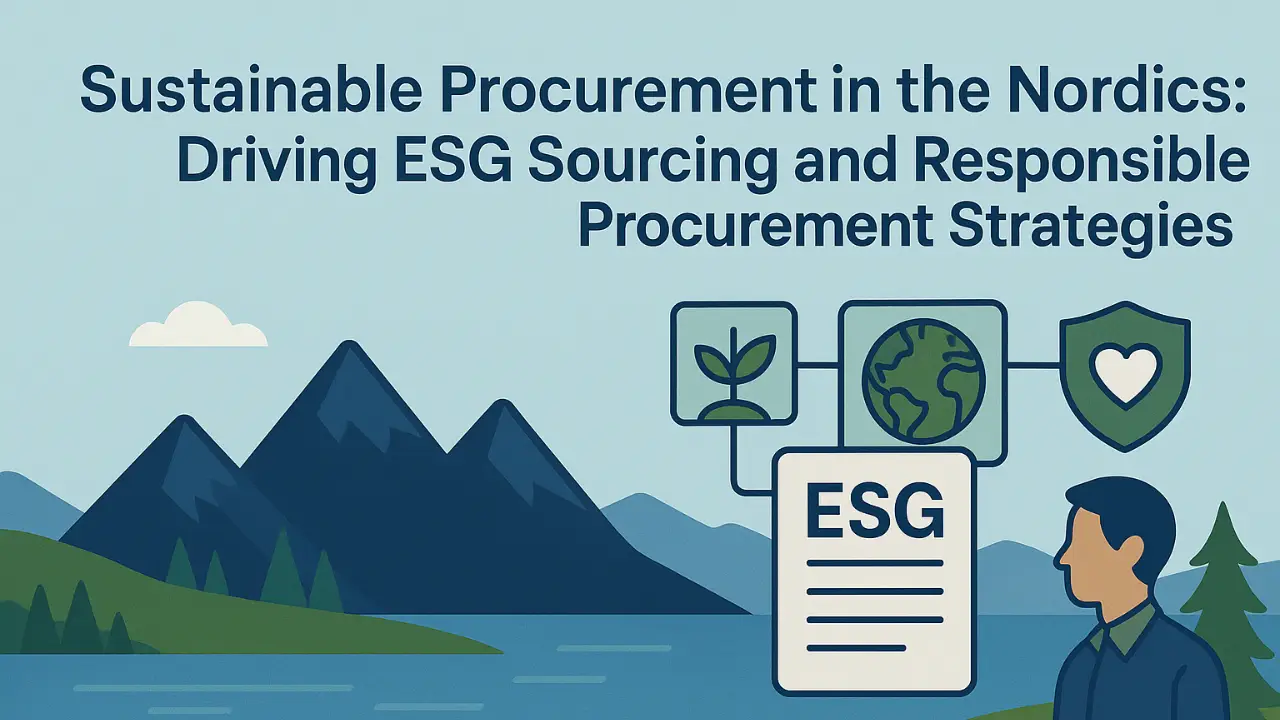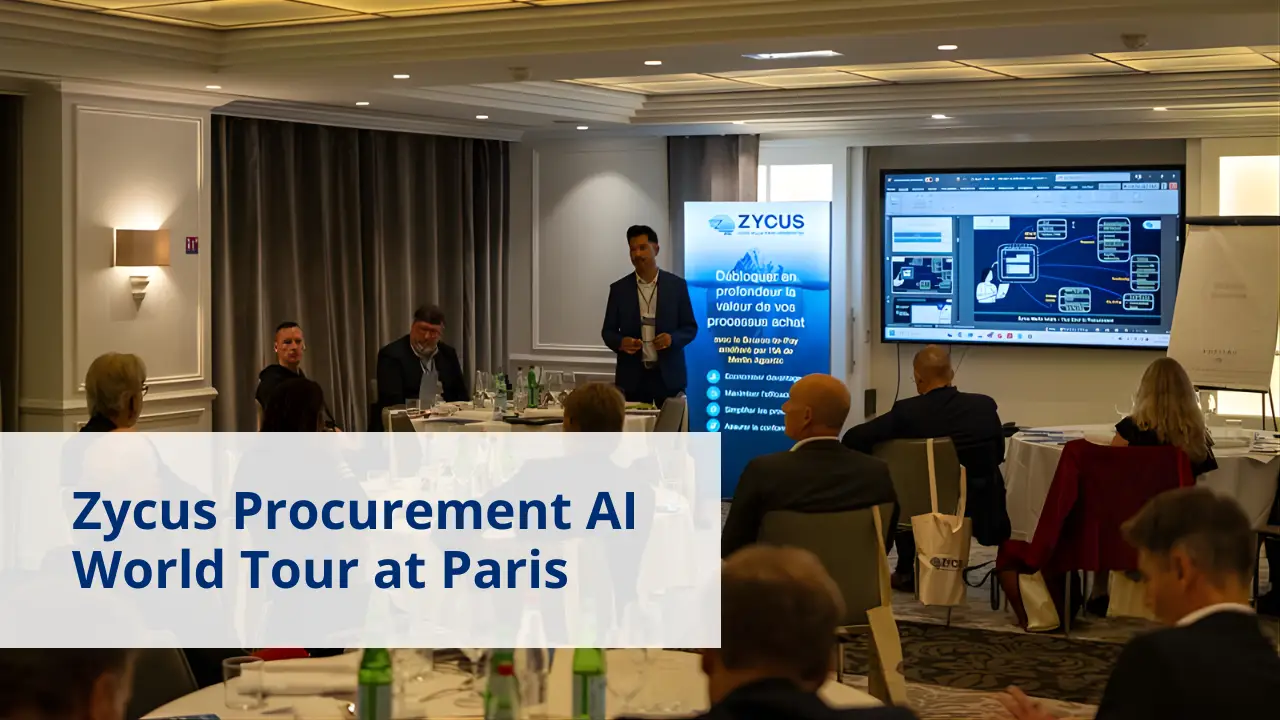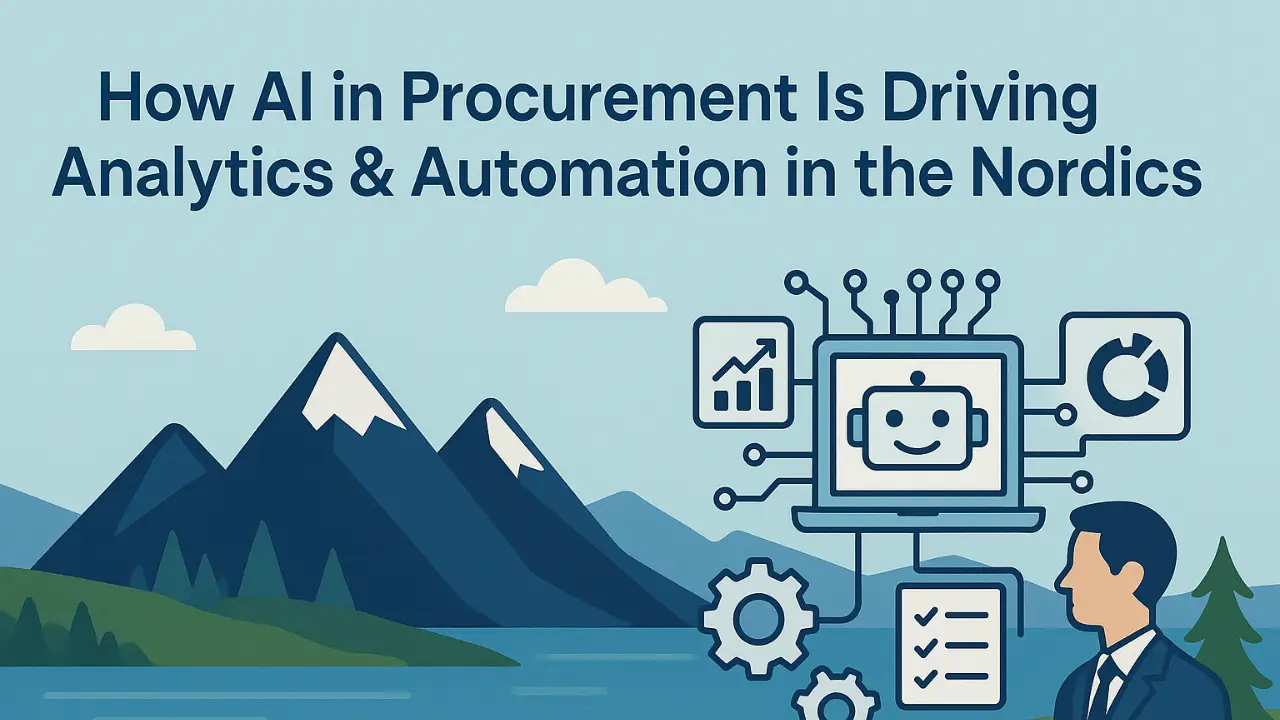Procurement leaders have long accepted tail spend as messy, fragmented, and unmanageable. Thousands of small-value purchases spread across hundreds of suppliers generate high transaction volumes, compliance risks, and value leakage. Despite attempts with marketplaces, P-cards, and outsourcing desks, most organizations remain stuck in the same cycle: high effort, low control, and minimal savings.
The Hackett Group’s 2025 Tail Spend Management Study makes this reality clear: only 4% of organizations actively manage most of their tail spend, and 64% of leaders remain dissatisfied with their current approach. Yet the same study also shows that executives believe up to 20% savings is possible if tail spend is handled strategically.
The missing piece? Intelligent orchestration. And this is where Agentic AI is rewriting the rules.
What Is Agentic AI in Procurement?
Agentic AI refers to autonomous, goal-driven AI systems that not only respond to inputs but proactively take actions toward objectives. In procurement, this means moving beyond static chatbots or rule-based RPA toward AI agents that can:
- Capture user requirements at intake
- Interpret policies and compliance rules
- Negotiate automatically with suppliers
- Recommend or execute actions based on business goals
See how Zycus is pioneering this through Merlin Intake and Autonomous Negotiation Agent (ANA).
Read more: AI Agents in Procurement- A Comprehensive Guide
What Challenges Will You Face Implementing AI in Tail Spend?
Deploying Agentic AI for tail spend management isn’t plug-and-play. Leaders should anticipate these challenges:
- Data Readiness
- Fragmented supplier master data can limit AI effectiveness.
- McKinsey stresses that poor-quality procurement data is one of the top barriers to realizing AI value.
- User Adoption
- Business users must shift from “free buying” to guided intake.
- Change management is essential so employees trust the AI rather than bypass it.
- Supplier Participation
- Vendors may hesitate to engage with automated negotiations.
- Clear communication, transparency, and assurances (e.g., faster payments, visibility into terms) are key.
- Governance Alignment
- AI must encode procurement policies, compliance requirements, and ESG guidelines.
- Gartner notes that AI without governance leads to “automation at scale, mistakes at scale.”
- Integration with Services
- AI intelligence needs execution muscle — FTE support, category expertise, and rollout governance.
Which Categories Should You Start With?
Not every category is ideal for AI-led negotiation at the outset. Leaders should focus on areas that deliver quick wins:
- Office Supplies → High transaction volume, low strategic importance
- Facilities Maintenance → Frequent but small service requests
- Marketing Services → Fragmented spend, easy to consolidate for leverage
- Training & Professional Development → Dispersed suppliers, consistent service requirements
These categories share three traits: repetitive purchases, standardized requirements, and minimal strategic sourcing complexity. Starting here builds confidence, demonstrates ROI, and provides clean data to expand into higher-value categories.
Explore our Tail Spend Management Solutions for detailed category strategies.
How to Ensure Vendors Participate in AI-Led Negotiations
A common fear is that suppliers will reject or resist AI-driven negotiations. The Hackett study shows this is unfounded when adoption is managed well. Procurement leaders can take three steps to encourage participation:
- Communicate Early and Clearly
- Share with suppliers how the AI agent works, what rules it follows, and how outcomes are fair and transparent.
- Position it as a tool to speed up business, not squeeze margins unfairly.
- Incentivize Engagement
- Offer faster payment cycles or early-payment discounts to vendors engaging with AI-driven processes.
- Make participation a condition in RFQs or new contracts.
- Provide Feedback Loops
- Suppliers should be able to escalate exceptions to humans.
- Bain research highlights that hybrid human+AI systems drive higher adoption than “AI-only” systems.
By blending automation with fairness and flexibility, procurement can build trust with vendors while still achieving efficiency.
How Agentic AI Delivers Control Over Tail Spend
Unlike past fixes, Agentic AI tackles the root causes of tail spend chaos:
- Volume: ANA handles thousands of micro-negotiations simultaneously.
- Fragmentation: Intake consolidates requests into approved categories and supplier pools.
- Compliance: Every transaction is checked against policy in real time.
- Scalability: IBM’s services team ensures global rollout and category execution.
This orchestration transforms tail spend from unmanaged noise into a controlled, value-generating process.
Global Perspectives: Where AI Adds the Most Value
- North America: Over-reliance on P-cards created visibility gaps. AI-led intake restores control while maintaining ease.
- Europe: ESG and VAT compliance pressures make governance critical; AI ensures no tail supplier slips through the cracks.
- APAC: High transaction volumes mean automation ROI is outsized.
- LATAM: Supplier fragmentation and informality make AI-driven consolidation especially impactful.
Tailoring AI orchestration to regional realities makes adoption smoother and impact faster.
Key Takeaways
- Tail spend chaos persists because past solutions (marketplaces, P-cards, BPOs) targeted symptoms, not root causes.
- Agentic AI delivers orchestration: intake, negotiation, and compliance at scale.
- Implementation challenges include data readiness, supplier trust, and governance alignment — but these can be managed with clear strategies.
- Start with high-volume, low-strategic categories to build confidence and ROI.
- Supplier participation grows with transparency, incentives, and hybrid human+AI oversight.
Next Steps
Download The Hackett Group 2025 Tail Spend Management Study to benchmark your tail spend approach.
Related Reads:


















































